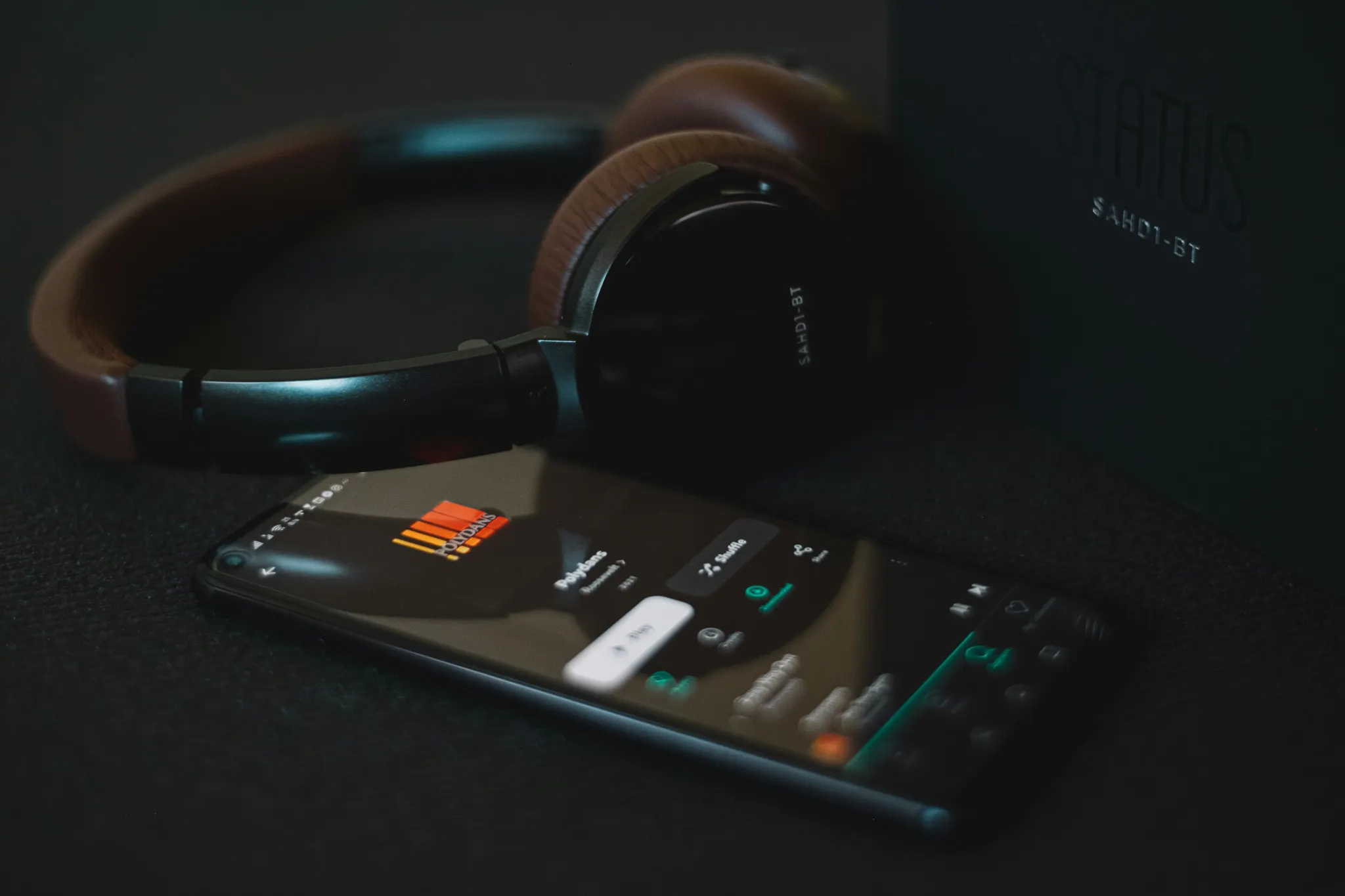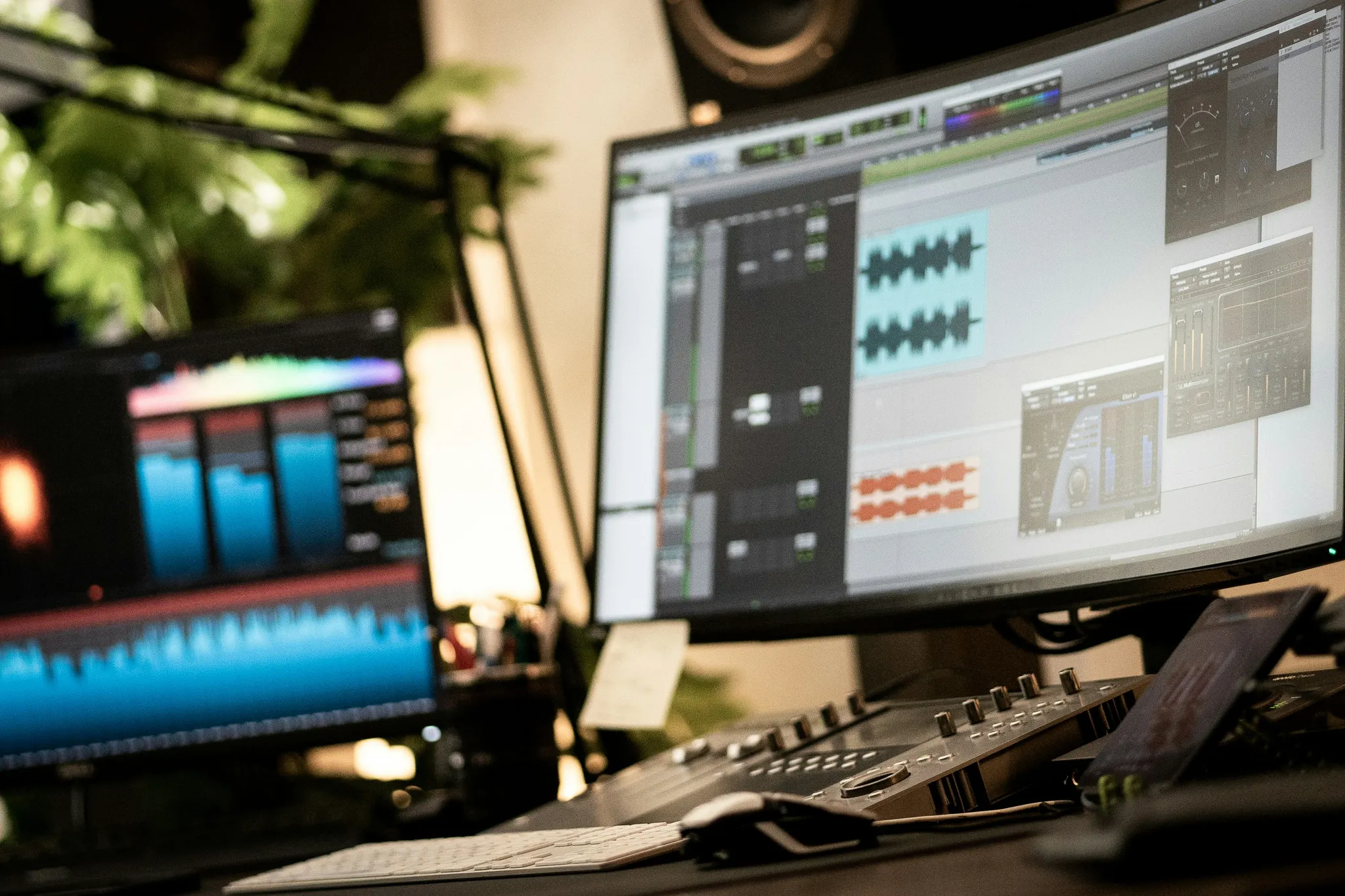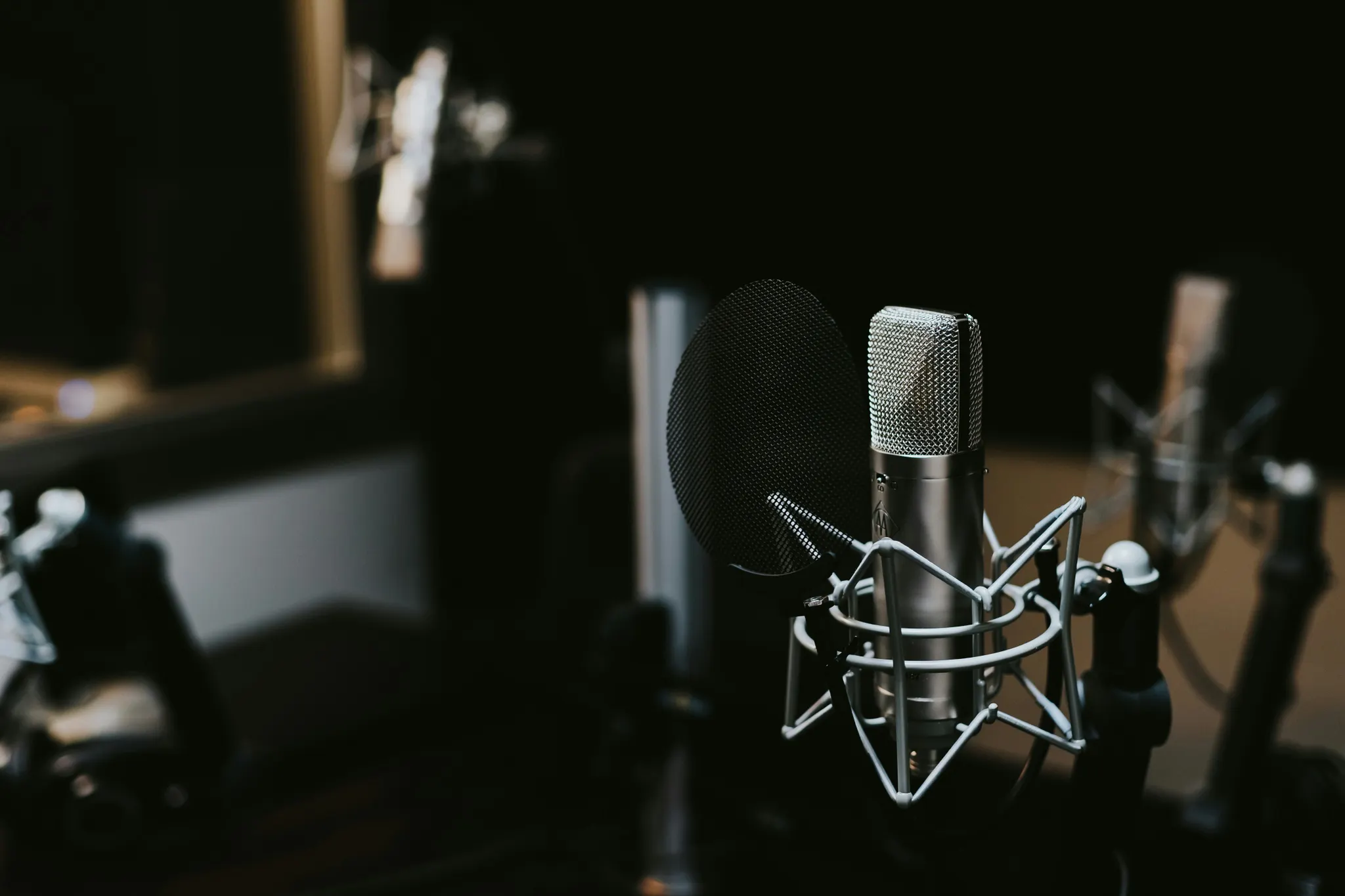
How Do Artists Get Paid for Streaming? (With or Without a Label)
Streaming has completely changed the way we consume music and how artists get paid. While platforms like Spotify, Apple Music, and YouTube put your music in front of millions of listeners worldwide, the payouts are often a mystery to independent artists.
So, how exactly do streaming royalties work? And does being signed to a label really make a difference in how much you earn?
Let’s break it down step by step.
🎶 The Basics: How Streaming Royalties Work
When a listener plays your song on a streaming platform, the platform generates revenue primarily from:
- Subscriptions (monthly fees paid by users).
- Advertising (ads shown to free-tier users).
That revenue is pooled together and then split between:
- The platform itself (Spotify, Apple Music, etc.).
- Rights holders — the people who own the music.
Royalties are then divided into two main types:
- Master royalties (paid to whoever owns the recording — often a label or the artist).
- Publishing royalties (paid to songwriters and publishers).
👉 If you write and record your own music, you may be entitled to both.
💰 How Much Do Streaming Services Pay Per Stream?
Payout rates vary by platform and fluctuate depending on subscription revenue, location, and other factors. On average in 2025:
- Spotify: $0.003 – $0.005 per stream
- Apple Music: $0.007 – $0.01 per stream
- Amazon Music: $0.004 – $0.006 per stream
- YouTube Music: $0.0007 – $0.001 per stream
- Tidal: $0.01 – $0.012 per stream
Note: These are average estimates. There is no fixed “per-stream rate.” Instead, payouts depend on the platform’s total revenue, how much of it your music represents, and your agreement with distributors or labels.
✅ Getting Paid as an Independent Artist
If you’re releasing music without a label, you’ll typically use a distributor such as:
Here’s how it works:
- You upload your music through the distributor.
- The distributor delivers it to streaming platforms.
- Streaming royalties are paid to your distributor.
- Your distributor then pays you, usually monthly or quarterly.
Key advantage: You keep a much larger share of your royalties because you own your masters. Depending on your distributor’s terms, you may keep 85–100% of revenue.
🎵 Getting Paid Through a Record Label
If you sign with a label, the process changes.
- The label acts as the distributor and collects all streaming royalties first.
- They deduct costs (marketing, recording, advances, etc.) under recoupment clauses.
- Only after those costs are recouped do you receive your percentage of royalties.
Typical indie label deals: 50/50 or 60/40 splits (in the artist’s favor).
Typical major label deals: 15–25% to the artist, with the label keeping the rest.
Key takeaway: With a label, you may see smaller payouts per stream, but in return you get marketing, playlist pitching, and industry connections.
📝 Don’t Forget Publishing Royalties
Even if you collect streaming revenue through your distributor, you also need to register your songs to ensure you get paid as a songwriter.
Organizations that help:
- PROs (Performance Rights Organizations): ASCAP, BMI, SESAC (U.S.) or PRS (UK).
- Publishing administrators: Songtrust, Sentric, TuneCore Publishing.
These royalties are separate from your distributor’s payments and ensure you’re compensated when your compositions are streamed, broadcast, or performed live.
⚖️ With a Label vs. Without a Label: Quick Comparison
| Aspect | Independent Artist | With a Label |
|---|---|---|
| Ownership of Masters | You keep them | Usually the label |
| Royalty Split | 85–100% (after distributor cut) | 15–60% depending on deal |
| Upfront Money | None (self-funded) | Advances possible |
| Marketing Support | DIY or hire your own | Label provides team & budget |
| Creative Control | Full control | Often limited by contract |
🚀 Making the Most of Your Streaming Revenue
Regardless of whether you’re independent or signed, streaming alone often isn’t enough to sustain most artists. Successful strategies include:
- Growing direct-to-fan revenue through merch, vinyl, and ticket sales.
- Using **pre-saves and landing pages** to maximize release-day streams.
- Building fan relationships with email and SMS marketing.
- Analyzing data to identify your most engaged listeners and superfans.
Platforms like Sonikit help independent artists amplify their releases with pre-saves, fan segmentation, SMS campaigns, and analytics — tools that make every stream more valuable by converting casual listeners into lifelong fans.
Final Thoughts
Streaming payouts can feel complicated — and, at times, unfairly small. But understanding how royalties work is the first step to making informed decisions about your career.
- As an independent artist, you keep more money but carry the workload.
- With a label, you get support but give up a significant share of revenue.
In 2025, you don’t need a label to earn from streaming — but whichever path you choose, the real key is building strong fan relationships that extend beyond the stream.
📌 Next Steps for Artists
- Register with a PRO or publishing administrator to ensure you get all your royalties.
- Compare distributors to find the right fit for your strategy.
- Explore how Sonikit can help maximize your next release with professional-grade marketing tools.



